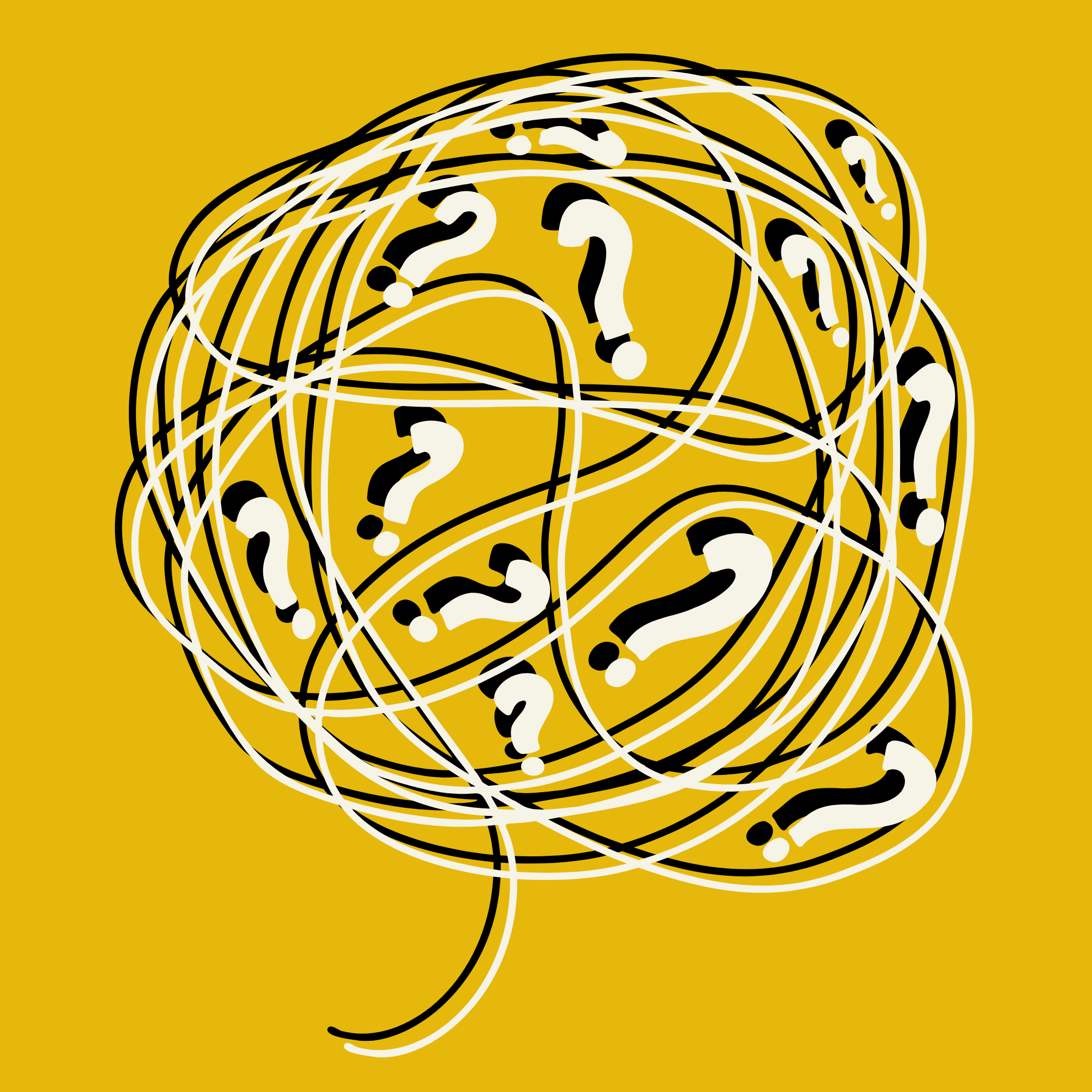How to read difficult texts
Is there a stack of thick tomes on your desk? And does your heart sink every time you glance in their direction?
Mark Twain famously defined a classic as ‘something everybody wants to have read, but nobody wants to read.’ The same can be said of most academic texts. Let's face it: they're clunky, verbose, and complicated. It's hard to imagine anybody reading them for pleasure.
Yet the ideas buried inside them can be mind-blowing if you dig deep. And the digging gets faster and easier once you build up some muscle.
As someone who has waded through Foucault's History of Sexuality (I confess I never got beyond the first volume), Saussure's Course in General Linguistics, and Wittgenstein's Tractatus Logic-Philosophicus, I'll show you what works for me – and no, I didn't find it so entertaining that I was enraptured and lost track of time!
Some things one just has to get through.
BEFORE READING
Prepare for pain. Be honest with yourself: reading ‘Portfolios of Learning Evidence and Interview Assessments in a Mathematical Statistics Course’ probably won't be the highlight of your day. That doesn't mean you're dumb or not interested in the topic. It just means you know that what is to come will be labour-intensive and require self-discipline.
Remember you're not the problem. Some academic writing is notoriously wordy. Partly it's the complexity of its ideas, but partly it's just bad writing!
Remove distractions. You have enough on your plate – don't give your brain even more work by making it switch between the text and your phone/song lyrics/background conversations.
DURING READING
4. Have a pencil ready. It would be madness to try to understand and retain all that information without scribbling. If you're reading your own copy of a text, you can underline, circle, draw arrows to join ideas together, and write comments or summaries in the margins. It helps to use a pencil in case you get it wrong at first.
5. Use large Post-Its for notes. If you're reading a borrowed book or a nice edition you don't want to maim, scribble on large Post-It notes instead – they go all the way up to A5 size! Keep them stuck onto relevant pages until you're done with the whole project.
6. Use sticky tabs to find stuff easily. I mean those little mini-bookmarks that can be stuck onto paper. Imagine you're reading an article on the work of García Márquez and you know that the bits that mention corruption are the most relevant for your task. You can mark all those bits with sticky tabs, labelling them ‘corruption': easy to refer back to when needed.
AFTER READING
7. Make the text your own. If what you've just read is not especially relevant, or only has a couple of really relevant bits, just store it safely with your sticky tabs. But if the text is a key source – very relevant and helpful for your work – turn your scribbles into neat notes. Get out your notepad/laptop and make a well-structured summary of the main points, adding direct quotations if there are any you like the look of. Write down the page numbers as you go along, so you can reference them in your writing. The point is to include just enough detail that you won't have to re-read the whole blasted thing again. Ever. Unless you reach nirvana and begin to enjoy it (who knows?).

